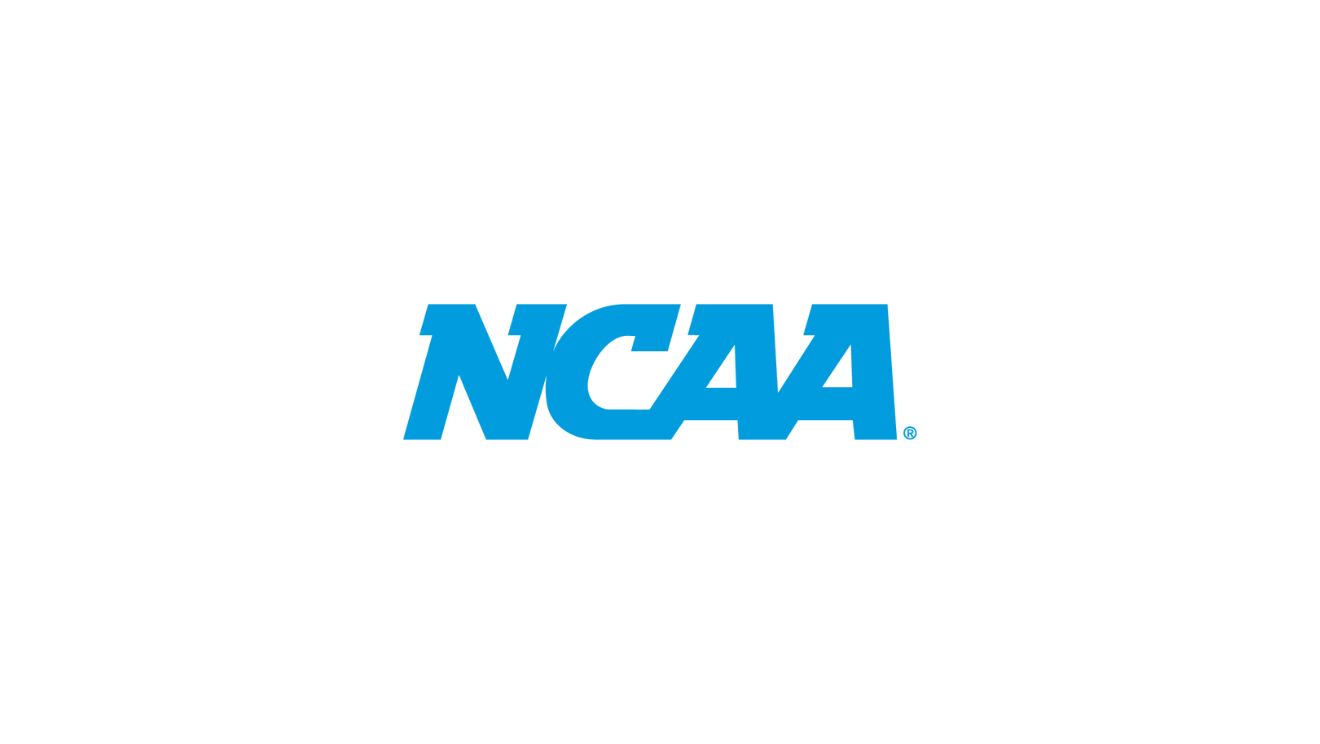INDIANAPOLIS, INDIANA (August 18, 2025) – The NCAA Playing Rules Oversight Panel approved requiring a double first base to be implemented in softball for the 2025-26 academic year for Division I. Implementation in Divisions II and III will be delayed until 2026-27.
After a thorough discussion in June, the NCAA Softball Rules Committee made the recommendation in an effort to better define a running lane between home plate and first base. This can help umpires make calls when deciding whether the offensive player interfered with a defensive player’s ability to catch a throw.
Other Rule Changes:
- One-way electronic communication devices may be used by offensive players. Communication can originate from the dugouts or coaches boxes.
- All protests will be resolved during the game. Games will no longer be played “under protest,” awaiting postgame decisions by the NCAA secretary-rules editor for softball.
- Once a play is under video review, replays of the play can be shown at any speed on the in-game video board.
Video review:
The panel approved a measure that allows a team to retain a video review challenge if the call on the field is overturned. If a game goes into extra innings, all remaining challenges will carry over.
Other tweaks to the video review system include:
- A video challenge will be allowed if interference (including collisions) is not called on the field and the ball remains live.
- Interference called on the field will not be reviewable, and all base runners will remain at the bases they were occupying. The exceptions to nonreviewable interference calls will be spectator and batter interference.
- A “no catch” call within the infield will be reviewable only if it results in the third out with runners on base or any time with the batter/runner only. However, a catch call within the infield area is not reviewable at any time.
- If video review is conducted on-site by the crew chief, the monitors should not be within any team area. At least one umpire should remain on the field during a video review.
- During a video review, the defensive team will remain on the field and can huddle or warm up. Offensive players can leave the batter’s box, the bases and the on-deck circle. However, once the umpire returns with the decision on the video review, both teams must be ready to play. If there is a defensive delay, a ball will be added to the count. If there is an offensive delay, a strike will be added to the count.
Rescinded proposal:
After reviewing comments from the membership, the NCAA Softball Rules Committee rescinded a proposal that if a hitter has one foot completely out of the batter’s box or stepping on the plate while contacting a pitch, an immediate dead ball would be called.
The rule remains that if any part of a batter’s body is touching home plate or on the ground outside the lines of the batter’s box at the moment of bat-and-ball contact, a delayed dead ball is signaled. The coach of the defensive team can choose either the result of the play or the standard effect for illegal contact, which is a strike on the batter and all base runners having to return to the base legally occupied at the time of the pitch. If the standard effect for illegal contact is chosen and it is the third strike, the batter is declared out.
Obstruction rule:
During its meeting in June, the NCAA Softball Rules Committee clarified the obstruction rule.
Obstruction occurs when a defensive player, neither in possession of the ball nor in the act of fielding a batted ball, impedes a batter’s attempt to make contact with a pitch or impedes the progress of any runner who is legally running bases on a live ball. It can be intentional or unintentional.
It is obstruction when a defensive player, while not in possession of the ball, does one of the following:
- Blocks any part of the leading edge of first, second or third base or home plate (as defined).
- Otherwise blocks the runner from advancing or returning to a base.
The defensive player is not considered obstructing if the player is in possession of the ball or if the movement or position of the defensive player did not impede or alter the runner’s path to a base or home plate.
Notes:
- Once in possession of the ball, the defensive player can be positioned between the runner and the base/plate.
- Obstruction may be ruled even though there is no physical contact.
- Obstruction can occur on a force or tag play.
- Blocking the leading edge of the base constitutes obstruction unless the runner’s ability to reach the base is not hindered.
- If the base runner would have been out, regardless of the defensive player’s movement or positioning, the runner would remain out, and the obstruction would be ignored.
Topics
Video Communication Double First Base Rule Changes Softball NCAA



 Back
to News
Back
to News
